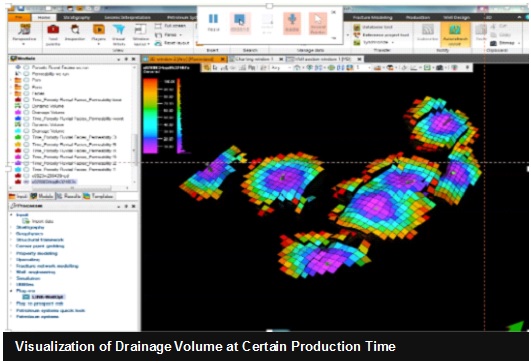

LINK-WellOpt is a new Petrel Plug-in to help user to optimize well placement in maximizing recovery based on reservoir models without running expensive flow simulation, yet producing highly correlated models. The optimization is based the drainage volume calculated efficiently using Fast Marching Method coupled with the Geometric Pressure Approximation Theory.
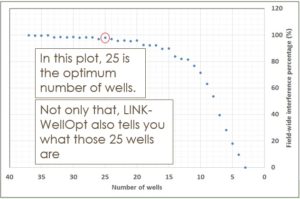
LINK-WellOpt provides a rapid solution to the challenge in deciding the field development strategy in optimizing well locations under geologic uncertainty. It provides a bridge between geologic and simulation models.
LINK-WellOpt is capable of handling computation in structurally complex reservoir with faulted corner point geometric model, heterogeneous media, and completely general well architecture. The power of LINK-WellOpt lies in its ability to handle high resolution geologic models rapidly without the need for upscaling and the associated loss of reservoir heterogeneity.
LINK-WellOpt uses geological model (fine or coarse scale) available as Petrel project. It helps Reservoir Modeler (geologist and engineer) in understanding the dynamic impact of the model, toward cumulative recovery, and it provides qualitative (e.g., visualization) as well as quantitative output (numerical table and plots)
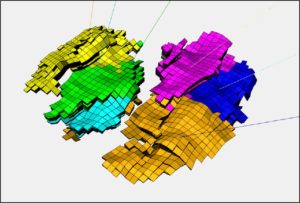
Uncertainty Quantification
The statistical summary and the P10, P50, and P90 models of the relative recovery from each model/well combination is presented in the form of Box-and-Wisker plots as well as regular cross plots format.
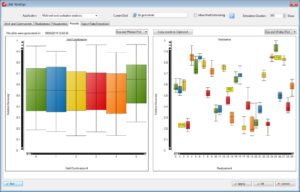
What is the Technology behind LINK-WellOpt?
LINK-WellOpt utilizes a novel approach to compute and visualize pressure wave propagation and well drainage volumes.
The technology is based upon the Fast Marching Method (FMM) and semi analytic geometric approximation of pressure and rate transients.
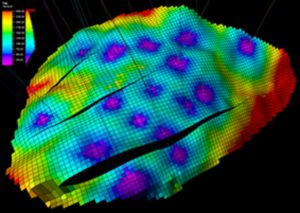
This technique works particularly well in capturing the primary depletion phenomenon.
What are the Input?
- Reservoir Model
- Fault transmissibility model
- Rock & Fluid Compressibility, Viscosity,
- Relative Permeability
- Well Location, Perforation Schedule, and Well Combinations
What are the Output?
- Drainage Volume, Block Contribution, Diffusive Time of Flight
- Scatter and Box-Whisker Plots of Relative Recovery
- Productivity Index per Well
How does the Optimization Workflow look like?
Once user has generated reservoir model(s) and possible well combinations, program calculates the diffusive time of flight using Fast Marching Method (FMM). This map is used by the program to calculate the drainage volume considering the actual well schedule. At this step, user may perform evaluation of drainage volume by visualizing the 3D view of drainage volume as well as the quantitative report within each well’s drainage volume. The results of drainage volume calculation will be used by the program to calculate the estimated flow rate and cumulative recovery at each well using semi-analytical approximation of pressure and transient rate. The relative recovery and their ranking for each well/model combination will be reported to the user as the final results.
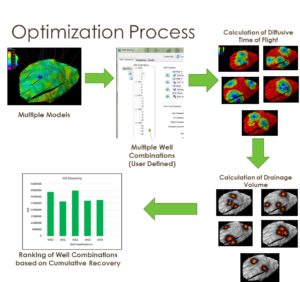
Validation with Finite Difference Simulation
Ranking results from LINK-WellOpt have been compared with the conventional finite difference simulator for different case studies.
The comparison shows consistent linear relationship with high correlation coefficient.

The added value of LINK-WellOpt becomes more pronounced when the computation time is considered. LINK-WellOpt performs the overall calculation in a fraction of time. Furthermore, the time performance of LINK-WellOpt is linearly (instead of squared) related to the grid size of the model.

